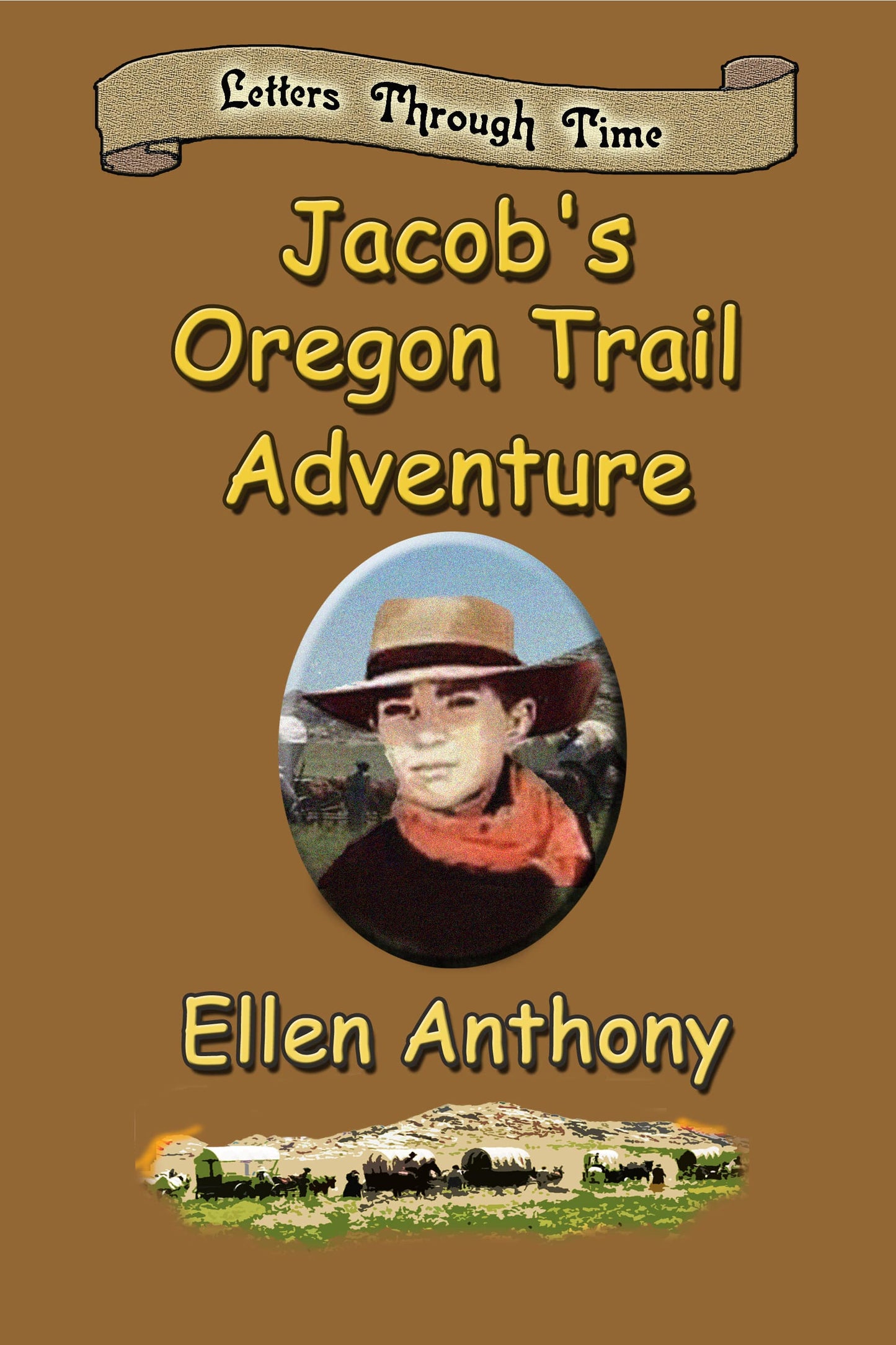Wings epress, Inc.
Couldn't load pickup availability
Share
By Ellen Anthony
14-year-old Jacob Harding is traveling the Oregon Trail in 1850. Read his letters as he tells about why they're going, what they hope to find, and what he wants. Follow along as the Harding family faces disease, treacherous river crossings, and Indians. Share Jacob's secrets about his girl friend, a runaway slave, and his sister's birthday surprise.
These fictional letters are historically accurate and reflect the living conditions, slang, and attitudes of the 1850s.
What They Are Saying About Jacob’s Oregon Trail Adventure
The Letters Through Time series is a wonderful way to read this unique story. Every chapter is a letter sent back east by a boy of 14 as he travels with his family along the Oregon Trail. Jacob Harding lives in a time when the west was wild and untamed, and it was big enough to find your destiny, and chase your dreams.
Traveling by covered wagon, the Harding’s journey is hard and long, but there's still room for laughter and danger both. The Oregon Trail was a fascinating time in history and it's even better when shared with a friend who is making the journey.
—David Harned,
Denver, Colorado
Ellen Anthony has done it again, giving young readers an excellent view of a boy's life on the Oregon Trail. The details of everyday life are fascinating and accurate. More importantly, Ms. Anthony hasn't stopped with the ordeals of the trail, but included the songs, books, and politics of the time.
Jacob is just 14, but he has a man's view of what he wants out of this trip: land of his own. With his parents, uncle, and sisters, he sets out on the great American dream. Encounters with Indians, hunting for food, and some hard river crossings are only a few of the hazards the Harding family faces. When his father is bitten by a rattlesnake, Jacob faces the very real possibility that he could be the man of the family. How he deals with it and the death of his girl friend shows unusual maturity.
Jacob Harding is a boy well worth meeting. The book itself is an easy read for young people. With a proper study guide, it should make a good teaching tool as well.
—Verwin Stevens,
New York City






